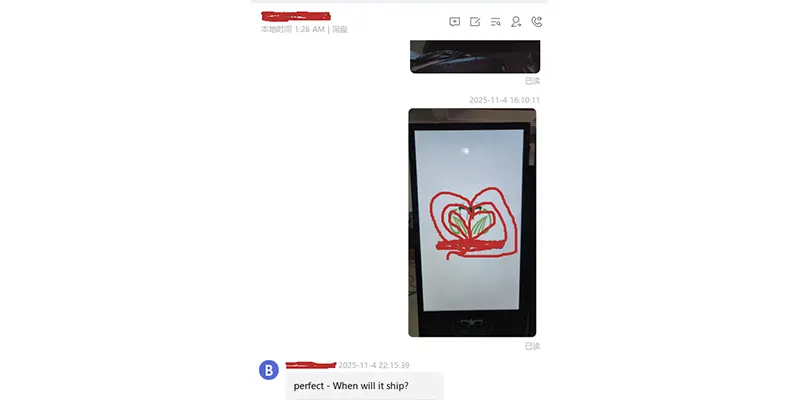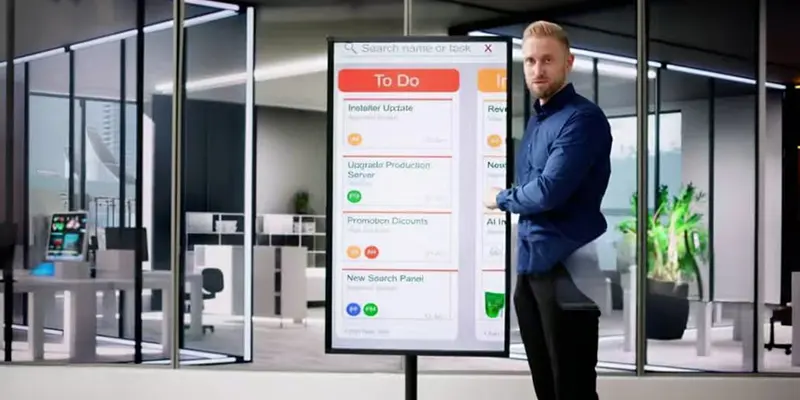How a Digital Display Solution Transformed Customer Engagement for a Retail Chain
A Digital Display Solution has become an essential tool for retailers aiming to modernize communication and improve customer engagement. This case study explains how a mid-sized retail chain deployed a digital display system across 120 locations and achieved meaningful business results.
1. Background: Why the Retailer Needed a Digital Display Solution
The retailer relied heavily on printed posters to communicate promotions. While this method had been used for years, it slowed down updates, created recurring printing costs, and often led to inconsistent brand presentation across stores. Seasonal promotions were sometimes launched late simply because the printed materials weren’t ready in time.
These challenges pushed the company to explore a Digital Display Solution that would allow instant content updates, centralized management, and a more visually engaging approach.
2. Implementation: A Practical and Scalable Rollout
The rollout process began with a pilot in a select group of stores. Commercial-grade displays were installed and connected to a cloud-based content management platform. After confirming stability and customer response, the chain expanded the deployment to all locations.
During full implementation, high-brightness screens were added for window-facing placements, and standardized templates were created for promotions and announcements. Store staff received basic training to ensure smooth day-to-day operation. All components used are standard digital signage technologies widely adopted in retail environments.
3. Results: Improvements in Efficiency and Customer Engagement
Within six months, the company recorded noticeable improvements. Digital content attracted more customer attention than static posters, resulting in stronger engagement and higher sales for featured products. Marketing teams gained the ability to launch promotions immediately, rather than waiting for printed materials to arrive.
Operational costs dropped significantly, as recurring printing and shipping expenses were eliminated. Brand consistency improved as well, since all stores received updates at the exact same moment through the central dashboard.
4. Key Advantages of the Digital Display Solution
Several practical benefits made the transition successful. Cloud-based content management allowed the marketing team to update every screen nationwide within seconds. Automated scheduling handled daily content changes without manual input at store level. High-brightness displays ensured clear visibility in various lighting conditions. Analytics features helped the retailer evaluate campaign performance and refine content strategies over time.
These advantages align with common capabilities offered by modern digital signage systems.
Conclusion
Adopting a digital display solution helped the retailer modernize communication, enhance customer engagement, and significantly reduce operational costs. The shift from printed posters to dynamic digital screens created a consistent and visually appealing environment that supported ongoing sales growth.
If your business is considering the move to a digital display system, now is an ideal time to take action. Contact us today to discuss a tailored solution that brings your brand to life and delivers measurable results.

FAQ
1. What is a digital display solution?
It refers to the combination of hardware and software that delivers digital visuals such as promotions, menus, videos, and announcements across one or multiple locations.
2. Can multiple stores be managed remotely?
Yes. Modern platforms support centralized, cloud-based management, allowing updates to be pushed to all screens at once.
3. Is maintenance difficult?
Maintenance is generally straightforward and often easier than managing printed materials. Most issues can be resolved through software updates or basic hardware checks.
4. What types of content can be displayed?
Common formats include product videos, promotional graphics, price boards, QR codes, social media updates, and real-time information.
5. How long does implementation typically take?
Most rollouts take between two and eight weeks, depending on the number of stores and installation requirements.

